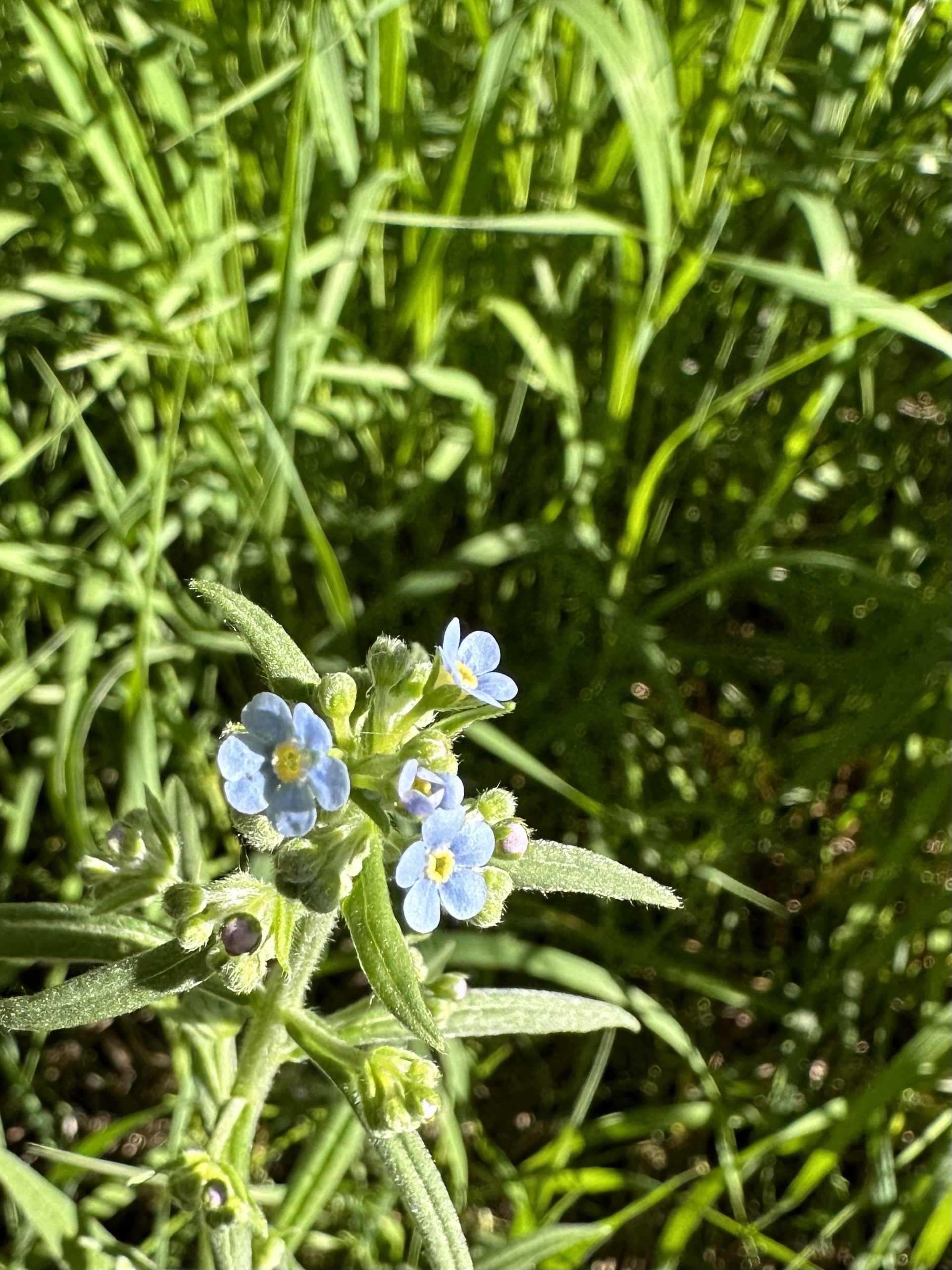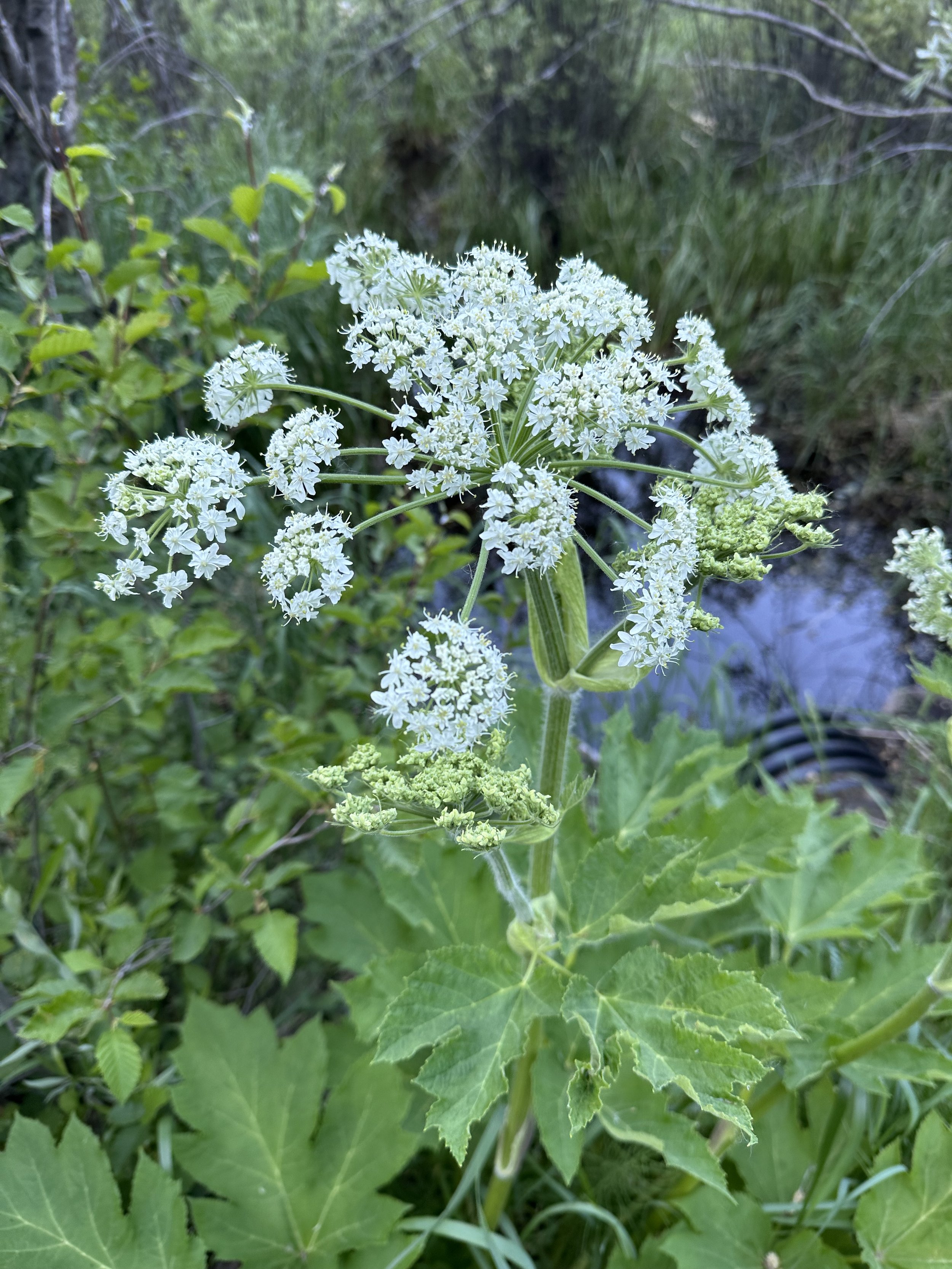Dryas octopetala, June 29, 2023
Seedhead, Green Mountain 12,000’, August 2, 2023
Common & scientific name
Mountain avens, Dryas octopetala
Family
Rose, Rosaceae
Location
Twining, 12,500
Fun, weird, helpful, or little known fact
This white, eight-petaled, evergreen-leaved, mat-forming soil stabilizer is playing an important part in the study of climate and climate change. “Fossils of Dryas plants are important to paleo-ecologists studying past episodes of climate change and shifts in arctic-alpine vegetation. Late in the Pleistocene, the climate of the northern hemisphere began to gradually warm as the last great Ice Age went into retreat. On two occasions, the general pattern of warming was abruptly reversed for periods of 300-1000 years and arctic tundra vegetation returned to areas that had been changing to forest cover. Ecologists refer to these periods as the Older Dryas (approximately 13,800 years ago) and the Younger Dryas (11,500-12,800 years ago) because of the prevalence of Dryas fossils. The exact cause of the relatively rapid change in climate (estimated to have taken just a few decades) are still being debated, but may bear on research into contemporary climate change.”
Info courtesy of the US Forest Service’s wonderful “Plant of the Week” website: go to https://www.fs.fed.us/wildflowers/plant-of-the-week/ to see more.















